Cryotherapy, lets talk about the cold hard facts..
Our ancestors knew that exposing ourselves to the cold had very obvious health benefits, for generations athletes have turned to cold therapies to speed up recovery, and extensive research has led to numerous scientific breakthroughs in how we can most effectively leverage the cold in a time-efficient manner, to become healthier, happier humans. So this leaves us where? Pouring ice into a bathtub, googling ‘deep breathing’, and hoping for the best? Well, maybe, but let’s look at what the experts say.
When it comes to the cold hard facts, cryotherapy which literally means ‘cold therapy’ is the use of extremely cold temperatures to gain a whole host of health benefits in a remarkably short period of time.
The type of Cryotherapy that has been gaining rapid popularity the world over is Whole Body Cryotherapy which uses a Cryotherapy chamber and utilises liquid nitrogen to circulate extremely cold air for just a few minutes.
A deeply invigorating experience, ice-cold chills of -110 degrees celsius activate a positive stress response called hormesis which promotes a rush of nutrient-carrying blood cells as well as mood-boosting endorphins.
THE HEALTH BENEFITS
Blood and lymph flow, two of the most important components of your body are greatly affected by this process, and the benefits include but are not limited to:
- Boosting circulation
- Improving recovery
- Enhancing mood
- Strengthening the immune system
- Increasing metabolism and burning fat
- Reducing inflammation
- Improving sleep
- Flushing toxins from the body
- Relieving pain
- Improving brain function
WHAT TO EXPECT
For a first-timer, it’s very easy to imagine the worst when it comes to cold therapy, however, many people are surprised with how soothing the experience can actually feel. It is often the moisture and humidity that makes cold temperatures feel harsh. In the technician-controlled atmosphere of the Cryotherapy treatment room, with nitrogen cooling the space, there is no moisture so it feels more like a cool breeze circulating.
Adding in some feel-good music, a spa-like environment, and a knowledgeable health professional certainly makes it easier to see how so many people are making Cryotherapy a soothing feature of their wellness routine.
Along with our cold water therapies, TotalFusion will soon be offering this Cryotherapy service at a number of locations including Newstead and Springfield at our BEYOND health and wellness facilities.
A session lasts 2-3 minutes, depending on the individual. You can expect an educational experience where you are walked through the process by a health professional and monitored the entire time so you can get comfortable being uncomfortable and rest assured that you are gaining optimal health benefits in a safe environment.
After the session, you can expect to experience a heightened sense of alertness, a boost in mood, and relief in pain symptoms. We also provide recommendations for frequency of use depending on your own personal health and wellness needs.
For more information on TotalFusion’s Cryotherapy service contact [email protected]
Words by:

Richard Game AFMCP, MPT
Functional Medicine Practitioner and Physiotherapist
References:
- https://biosignaling.biomedcentral.com/articles/10.1186/s12964-018-0274-6
- https://physoc.onlinelibrary.wiley.com/doi/full/10.1113/jphysiol.2014.283598
- https://onlinelibrary.wiley.com/doi/10.1002/cphy.c170001
- https://www.sciencedirect.com/science/article/abs/pii/S088985291630041X?via%3Dihub
- https://www.frontiersin.org/articles/10.3389/fpsyt.2020.00522/full
- https://pubmed.ncbi.nlm.nih.gov/30551730/ 7. https://www.ncbi.nlm.nih.gov/pubmed/16870097


